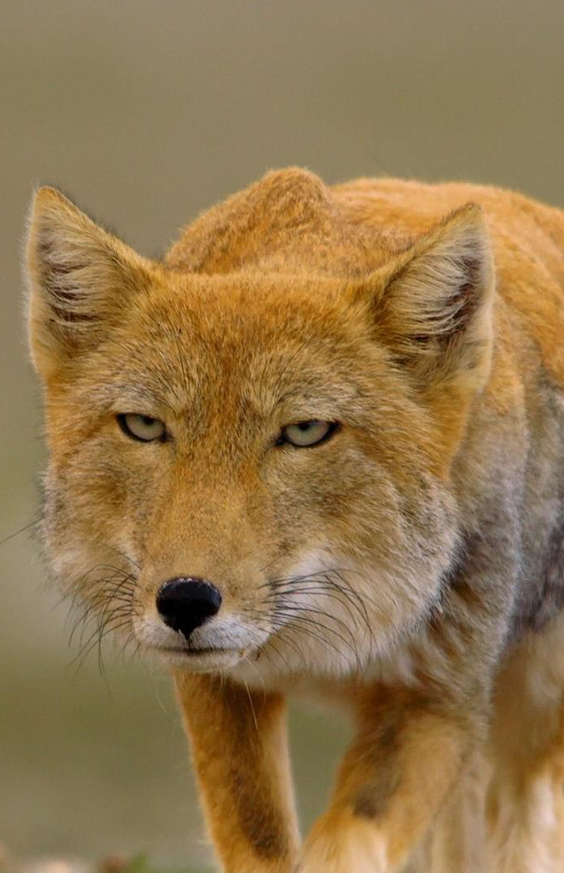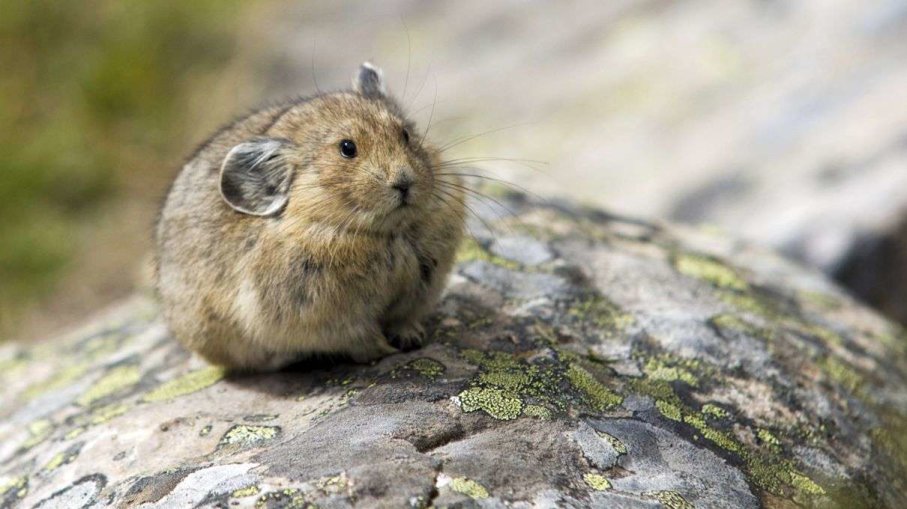
Tibetan fox is best known for his uniquely square-shaped face and small, triangular ears that are set close to his head. Perhaps the square-shape is to facilitate hunting skills. These foxes have a very keen sense of hearing, making them excellent hunters. This fox lives in a burrow or hollow and rests throughout the day. Tibetan Fox are rarely found where pikas are not present. They also hunt other small mammals, lizards, insects, birds, and scavenge on the remains of dead carrion. They begin mating in Late February through the end of March, usually having two to four kits after a 50 to 60 day gestation period. The kits are born in a den or burrow that has been dug by both of their parents. The young kits stay with their parents for about 8 to 10 months and then go off on their own to search for a mate, though not far, as these foxes are not territorial.
Habitats

Food
